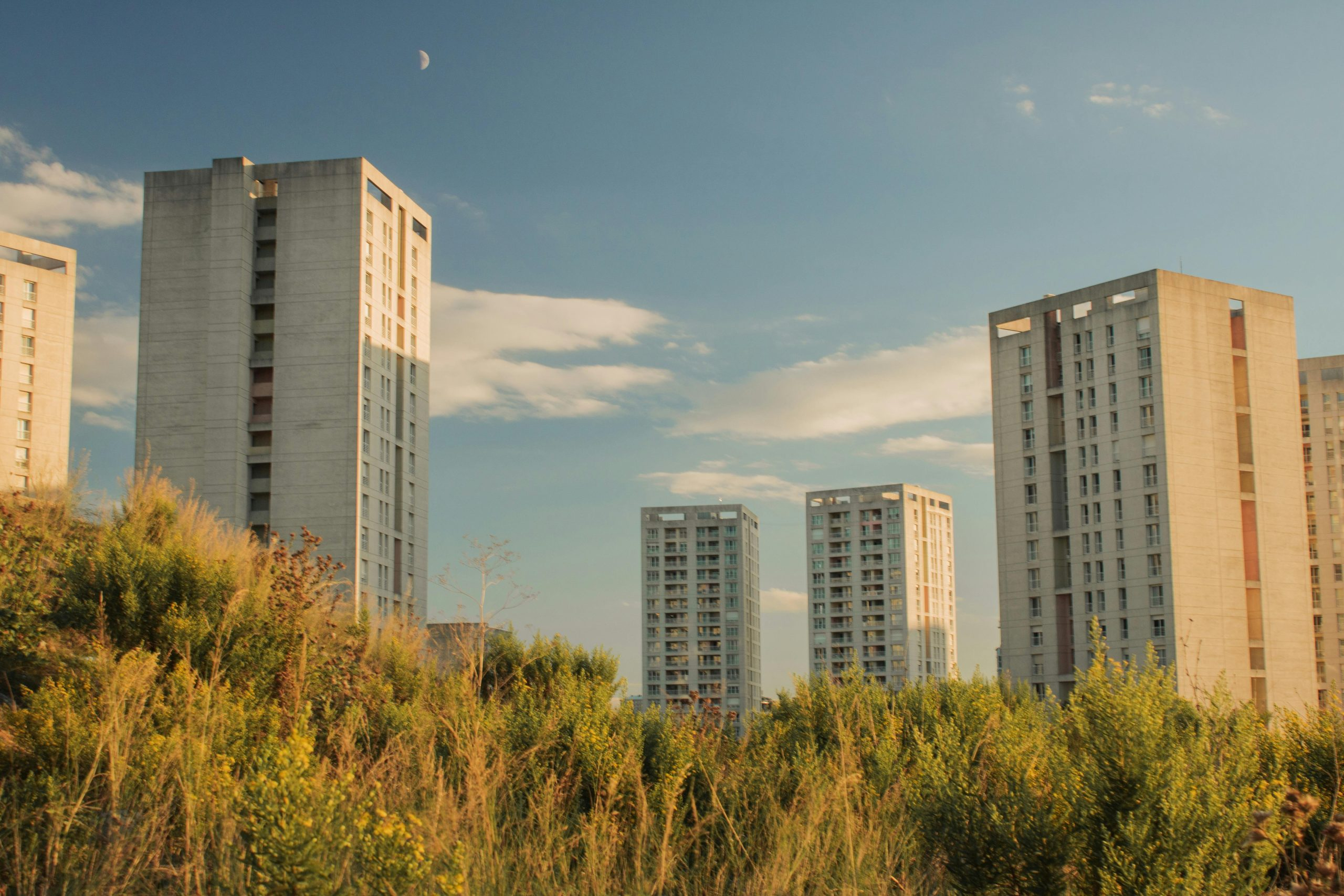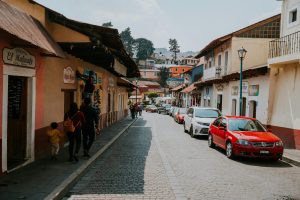Understanding the Full Lifecycle of a Real Estate Development
Real estate development is a complex and multifaceted process that involves a combination of land acquisition, financing, planning, construction, and sales. As a result, it can be challenging to understand the full lifecycle of a real estate development project. However, with proper knowledge and understanding, real estate investors and developers can be empowered to make informed decisions that can lead to successful and profitable developments. In this article, we will dive into the various stages of a real estate development project and provide a comprehensive understanding of the full lifecycle.
The Pre-Development Stage
The first stage of a real estate development project is the pre-development stage, which involves conceptualizing and determining the feasibility of the project. This is a crucial stage as it sets the foundation for the entire development process. During this stage, developers identify potential sites and conduct thorough research to assess market demand and competition in the area. They also consult with architects, engineers, and other professionals to create preliminary designs and determine the financial viability of the project.
Land Acquisition and Due Diligence
The first step in the pre-development stage is to acquire land for the project. This involves negotiating with landowners, conducting property appraisals, and performing due diligence to ensure the land is suitable for development. Due diligence may include environmental studies, zoning and land use checks, and title searches to uncover any potential issues that may affect the project.
Securing Financing
Once the land is acquired, developers begin to secure financing for the project. This can involve a combination of equity and debt financing from various sources such as banks, private investors, and real estate investment trusts. During this stage, developers must also create a detailed budget and financial projections to determine the project’s profitability and secure the necessary funding.
The Development Stage
After the pre-development stage is complete, the actual development process begins. This is where the vision and plans for the project start to take shape. The development stage can be broken down into three main components: planning, construction, and marketing.
Planning and Approvals
During the planning phase, developers work with architects, engineers, and other professionals to create detailed designs for the project. They also obtain the necessary permits and approvals from local authorities to start the construction process. This can include zoning and building permits, environmental approvals, and other regulatory requirements.
Construction
Once all necessary approvals are obtained, the construction of the project can begin. This involves hiring contractors, overseeing construction activities, and managing the budget to ensure the project stays on track. Developers must also monitor the quality of construction and address any issues that may arise during this stage.
Marketing and Sales
As the construction nears completion, developers begin marketing and selling the project to potential buyers. This involves creating a branding and marketing strategy, showcasing the project to potential buyers, and negotiating sales contracts. The success of this stage is crucial as it determines the profitability of the project.
The Post-Development Stage
The post-development stage marks the end of the development process and the beginning of the project’s operation. This stage involves finalizing any remaining construction tasks, obtaining the necessary certifications and approvals, and transferring the property to the new owners. Developers may also be responsible for managing the property or hiring a property management company to handle ongoing operations.
Ongoing Property Management
Depending on the type of development, the property may require ongoing management and maintenance. This could involve managing rental properties, maintaining common areas in a condominium complex, or overseeing a commercial property’s operations. Developers must ensure that the property is well-maintained to protect their investment and ensure the property’s long-term success.
Sale or Disposition
At this stage, developers may choose to sell the property, either individually or as a portfolio of properties. This can provide a substantial return on investment for the developers and investors. Alternatively, developers may choose to hold onto the property and continue to generate income from it.
In conclusion, understanding the full lifecycle of a real estate development project is crucial for investors and developers. By knowing the various stages and processes involved, developers can make informed decisions, mitigate risks, and increase the chances of a successful and profitable development. While each project may differ in its specifics, the overall lifecycle remains largely the same, making it essential for real estate professionals to have a comprehensive understanding of the process from start to finish.











